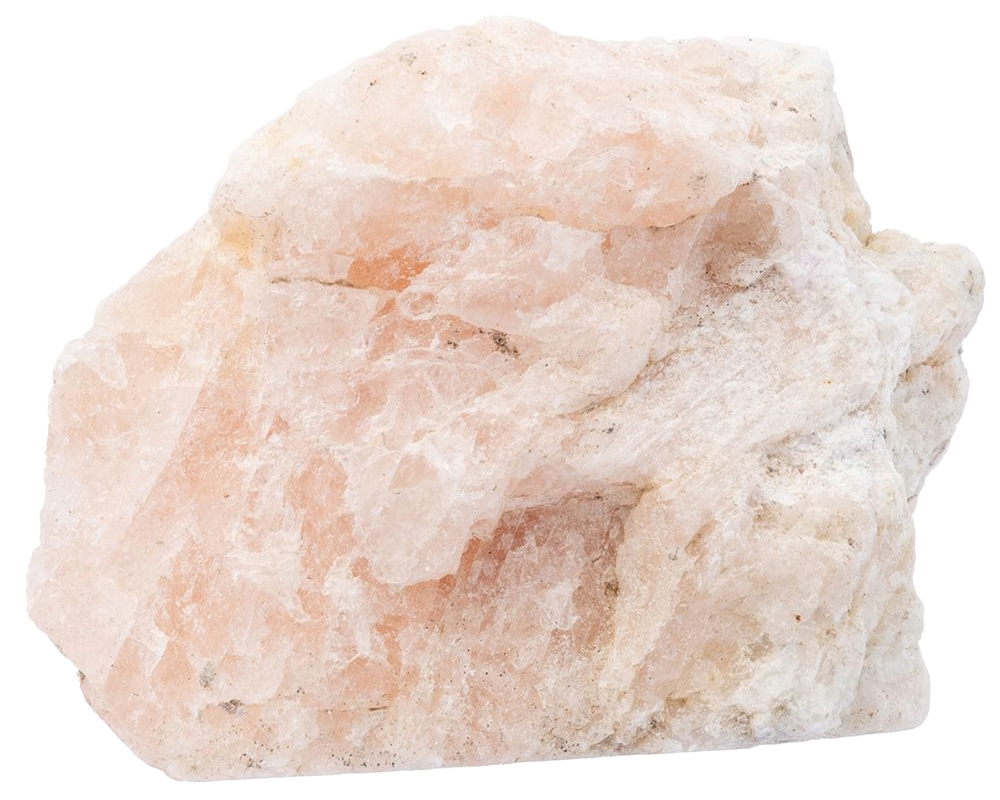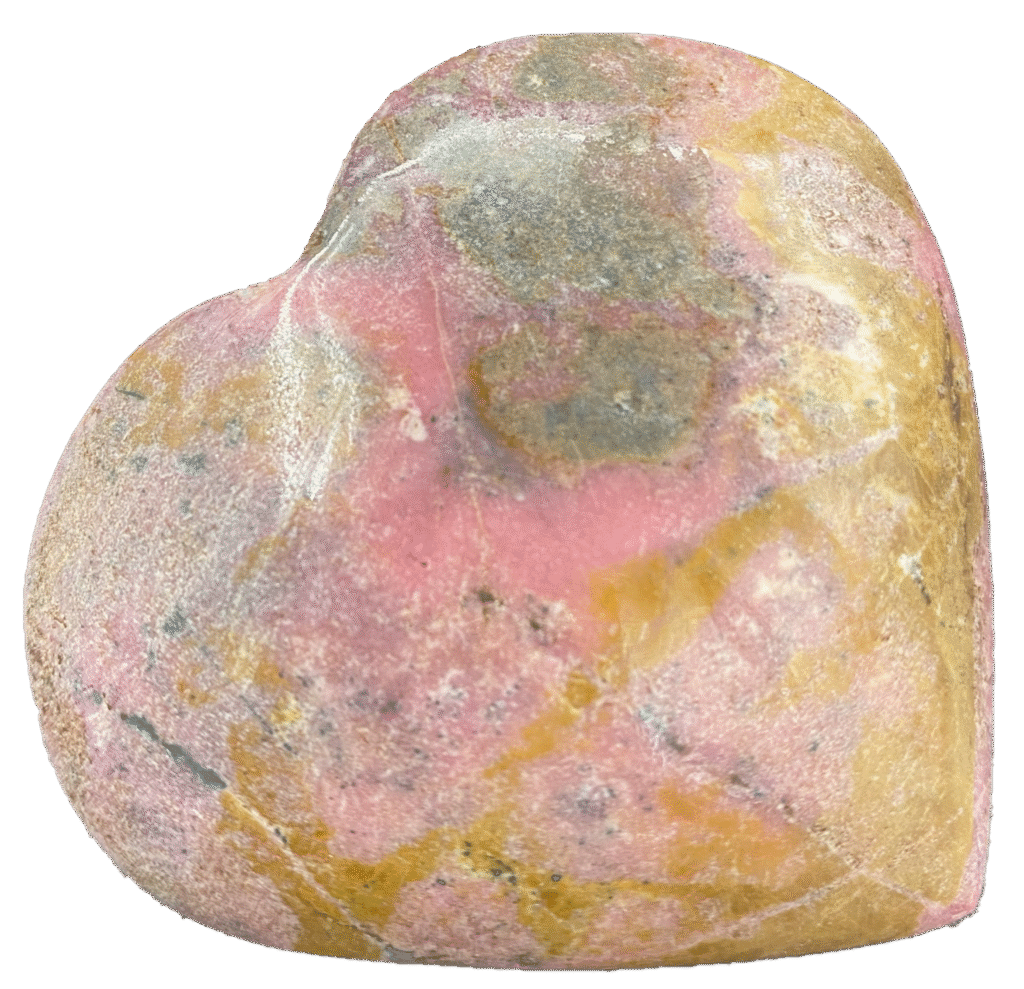
Unusually for a mineral, Morganite was named after a banker (J P Morgan) in 1911 by G.F. Kunz the chief gemmologist of Tiffany & Co the world famous Jeweller. It is a rare type of pink beryl and which can also be purple, peach and orange.
Morganite is a captivating gemstone belonging to the beryl family, named after the American banker and gem enthusiast J. P. Morgan in 1911 by G.F. Kunz the chief gemmologist of Tiffany & Co the world famous Jeweller. Often referred to as “pink beryl,” it is also sometimes called “rose beryl” or “peach beryl” due to its delicate hues.
Composition and Physical Characteristics
Morganite is a variety of beryl, with the chemical formula Be₃Al₂(SiO₃)₆. Its enchanting pink to peach colour is primarily due to trace amounts of manganese. The stone exhibits a vitreous lustre and a hardness of 7.5–8 on the Mohs scale, making it suitable for everyday jewellery. Its clarity and gentle sparkle have earned it a revered place among precious gemstones.
Morganite Varieties
- Pale Pink: A soft, ethereal shade that exudes subtle elegance.
- Peach: Exhibiting warmer tones, often associated with vibrancy and affection.
- Salmon Pink: Richer and deeper, symbolising intense emotion and passion.
Locations
Morganite is mined in several parts of the world. Key sources include:
- Brazil: Known for producing high-quality specimens with vibrant colours.
- Madagascar: Offers fine, well-formed crystals.
- Afghanistan: Renowned for its historical gemstone mines.
- Mozambique: A significant modern producer of fine morganite.
- United States (California): Also yields notable morganite specimens.
Historical and Current Usage
Historically, morganite was celebrated for its beauty and rarity among the elite, symbolising wealth, love, and compassion. Today, it enjoys a resurgence as a modern alternative to traditional gemstones, particularly in engagement rings and wedding jewellery. Its association with romance and emotional balance makes it a favourite for those seeking both elegance and meaning in their adornments.
Folklore, Legends, and Tales
Morganite is steeped in lore and mystique. It is widely regarded as a stone of unconditional love and compassion. In various cultures, it is believed to attract nurturing energies and promote emotional healing. Some legends suggest that morganite can inspire creative expression and enhance one’s sense of inner peace, making it a cherished talisman for artists and lovers alike.
Mystical Healing Properties
In the realm of metaphysics, morganite is revered for its:
- Emotional Healing: Alleviates stress and encourages self-love and forgiveness.
- Heart Energy: Stimulates the heart chakra, fostering compassion and nurturing relationships.
- Spiritual Growth: Promotes a sense of inner calm and opens pathways for spiritual development.
Astrology and Zodiac Links
Morganite is often associated with the zodiac signs of Taurus and Gemini, though its gentle energy appeals to all. Its nurturing properties are thought to enhance empathy, balance, and personal growth. Additionally, its soft, warm tones reflect the calming influence of Venus, the planet of love and beauty.
Chakra System Connections
Primarily linked with the Heart Chakra (Anahata), morganite encourages emotional healing and unconditional love. Its soothing energy also supports the Throat Chakra (Vishuddha), aiding in clear communication and self-expression, while gently resonating with the Crown Chakra (Sahasrara) for spiritual connectivity.
Birthstone and Wedding Anniversary Links
Morganite is not traditionally recognised as a birthstone; however, it is widely embraced as a symbol of love and is often chosen for engagement rings and wedding jewellery. It is also associated with the celebration of a 40th wedding anniversary, where its enduring beauty symbolises lasting love and commitment.

Rhodonite
Rhodonite nurtures compassion, forgiveness, and emotional healing. A grounding crystal for self-love, resilience, and restoring harmony after turmoil.
